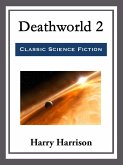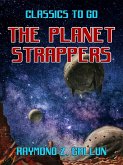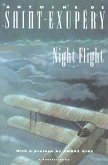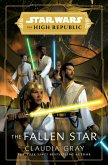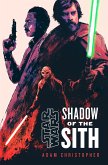On the morning the radar reported something odd out in space, Lockley awoke at about twenty minutes to eight. That was usual. He'd slept in a sleeping bag on a mountain-flank with other mountains all around. That was not unprecedented. He was there to make a base line measurement for a detailed map of the Boulder Lake National Park, whose facilities were now being built. Measuring a base line, even with the newest of electronic apparatus, was more or less a commonplace job for Lockley.
Dieser Download kann aus rechtlichen Gründen nur mit Rechnungsadresse in A, B, BG, CY, CZ, D, DK, EW, E, FIN, F, GR, H, IRL, I, LT, L, LR, M, NL, PL, P, R, S, SLO, SK ausgeliefert werden.



